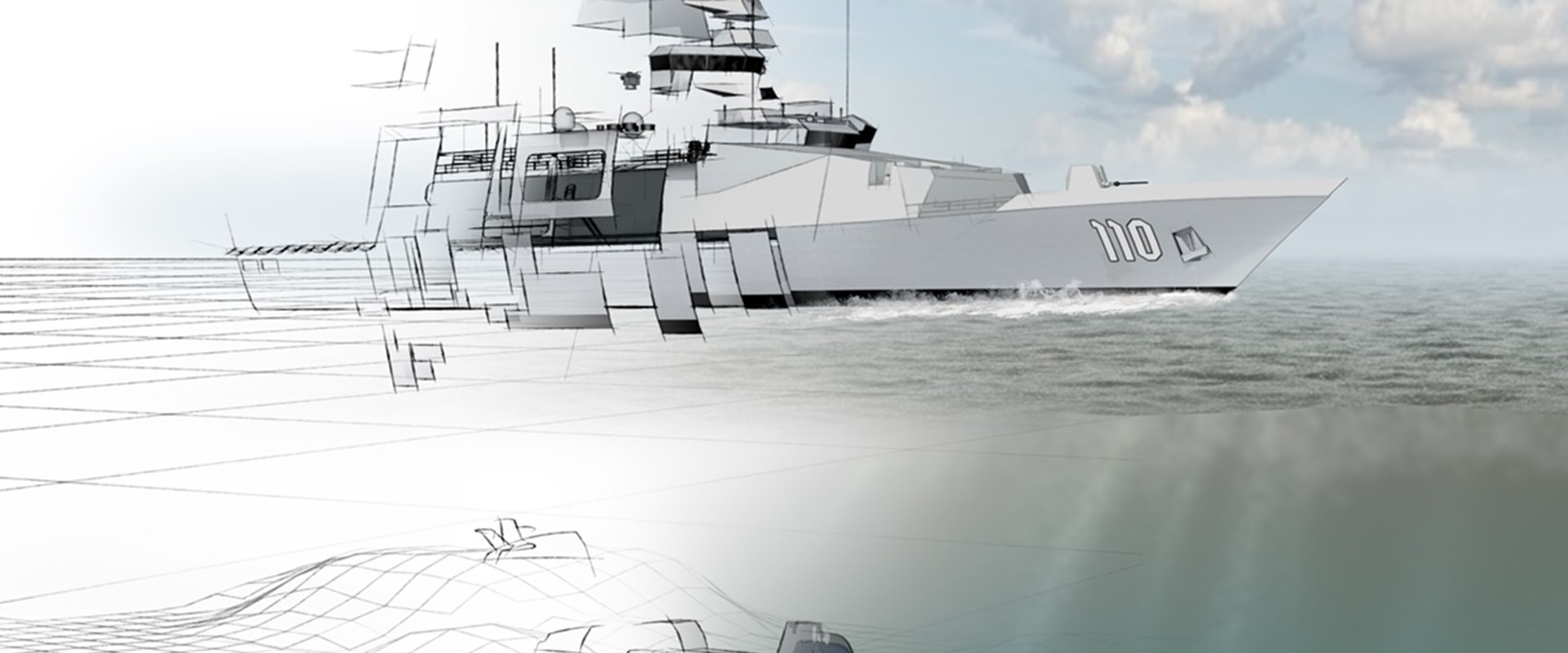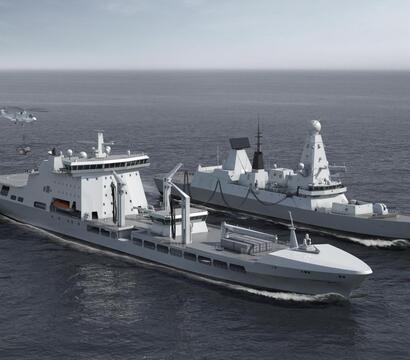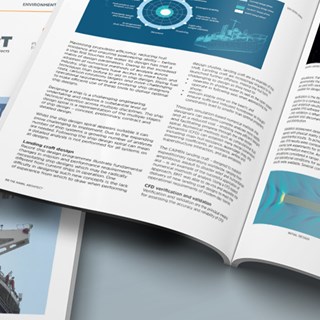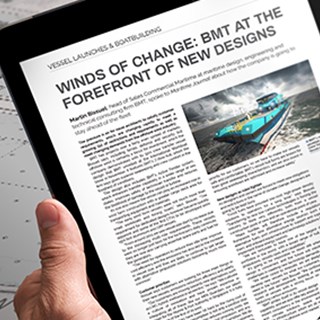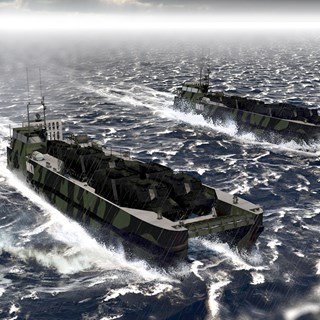A collaborative research team at University College London (UCL) and the University of Southampton is helping to change this by exploring using Genetic Algorithms in ship design. Their highly interactive genetic algorithm-based layout exploration method enables naval architects to make essential decisions in a hybrid design process.
Developing a suitable general arrangement is critical to ensuring the successful design of all ships, from superyachts to aircraft carriers. How different spaces, such as bridges, crew quarters, control rooms etc., are sized and located is fundamental to guaranteeing safe and effective operations. It is a complex, time-consuming, and inherently iterative part of the design process since many different and often conflicting requirements must be balanced within the constraints of the vessel while ensuring that all aspects of the operations and human factors are considered.
A high-level general arrangement is considered for the first time in the conceptual phase of the design process, referred here to as Early Stage Ship Design. The primary purpose of this initial phase is to design several alternatives to the overall layout, which are then considered to assess their cost and performance trade-offs to clarify design requirements.
The many downsides of a laborious all-manual design approach combined with affordable computational power have urged researchers to start developing methods and tools that can automatically produce design options.
Early examples of automated arrangement systems often focus on the “box packing” methodology to find the most efficient use of space for the given requirements. While they effectively use space, they may struggle to create a realistic or operable design. It is possible to add specific design constraints, but this can also be laborious and time-consuming, and reliable results are not guaranteed.
“Genetic Algorithms will not replace the role of a Naval Architect, but they will enable them to do their job better, providing them with a range of design options and their associated compromises”.
Work conducted by Bojan Igrec, Rachel Pawling and Giles Thomas of UCL in collaboration with Adam Sobey of The University of Southampton is looking to change how these design tools are structured to create a fast and reliable output.
The method uses a genetic algorithm-based optimisation tool to generate and evaluate a set of general arrangement options rapidly. Rather than attempting to create an optimised design in one step, the toolset splits the design process into discrete sections to imitate the steps taken by an experienced human arrangement designer. The method is multi-level and strictly hierarchical, whereby the vessel is divided into a set of sub-units used as “containers” for allocating and arranging lower-level units.
First, the ship is split into decks (the highest level units) to calculate the available volumes and areas. Next, system routings and passageways are mapped-in to provide a first-level view of how the compartments can be arranged. The model is then divided into segments connected by the network of major routes in the so-called segmentation process, which considers requirements for watertight bulkheads.
Next in the hierarchy are units of compartments that form zones and separate compartments that are allocated and arranged within segments in zoning and arrangement steps, respectively.
Finally, utilising a relationship mapping database, the algorithm uses scoring solutions to assess thousands of different arrangements and configurations. Points are deducted for wasted space and overlapping compartments and for placing boxes in undesirable locations concerning themselves or other cases.
The key is allowing for dynamic node-based segmentation and choosing the proper rules. Instead of rigidly sticking to the initial mapped arrangement, it will enable the computer to explore the solution space and the options of moving boundaries and watertight bulkheads.
Providing more meaningful information and options analysis helps the naval architect minimise design risk and clarify the design route in a shorter timeframe. If these tools can be developed, they will enable the human user to rapidly assess and compare the different design solutions as part of the parametric analysis. Arguably one of the essential parts of the entire toolset is the inherent knowledge and database of ship design arrangement scoring, which uses historical data, design rules/regulations and user surveys to create a matrix of the different ship compartments and how they should be placed within the ship and relative to each other. This scoring matrix can be used in its own right as a tool to objectively score and grade any general arrangements fed into the system. This process is famously subjective and relies on expert knowledge and experience.
Professor Giles Thomas, BMT Chair at UCL explains, “Genetic algorithms will not replace the role of a Naval Architect, but they will enable them to do their job better, providing them with a range of design options and their associated compromises.”
He adds, "There is no such thing as a perfect ship design. There is always compromise and trade offs to be made between requirements; the General Arrangement Optimisation Tool being developed by UCL and BMT enables these options to be compared and assessed in an objective manner.”
BMT supports their research, and while the toolset is still in development, initial trials show great potential for use in Early Stage Ship Design exploration work.
If you would like to know more about their work and how BMT uses their toolset to make its ship designs better, faster and more affordable, please get in touch.
